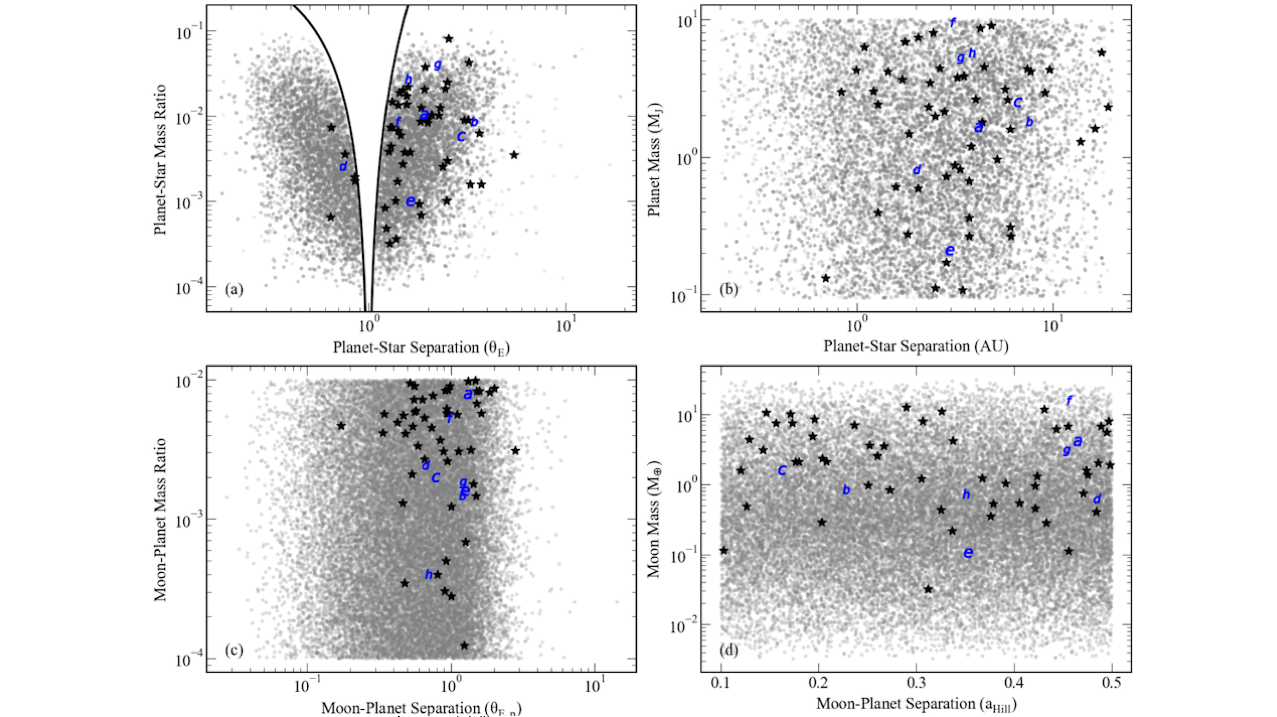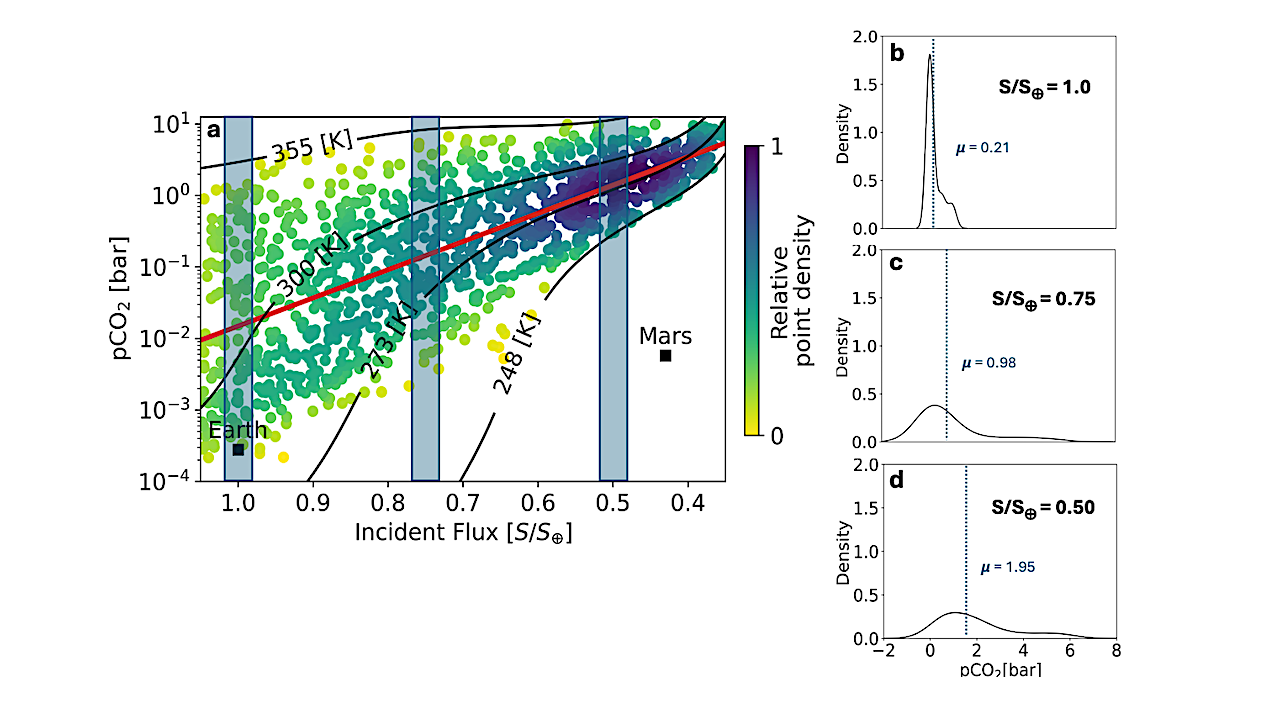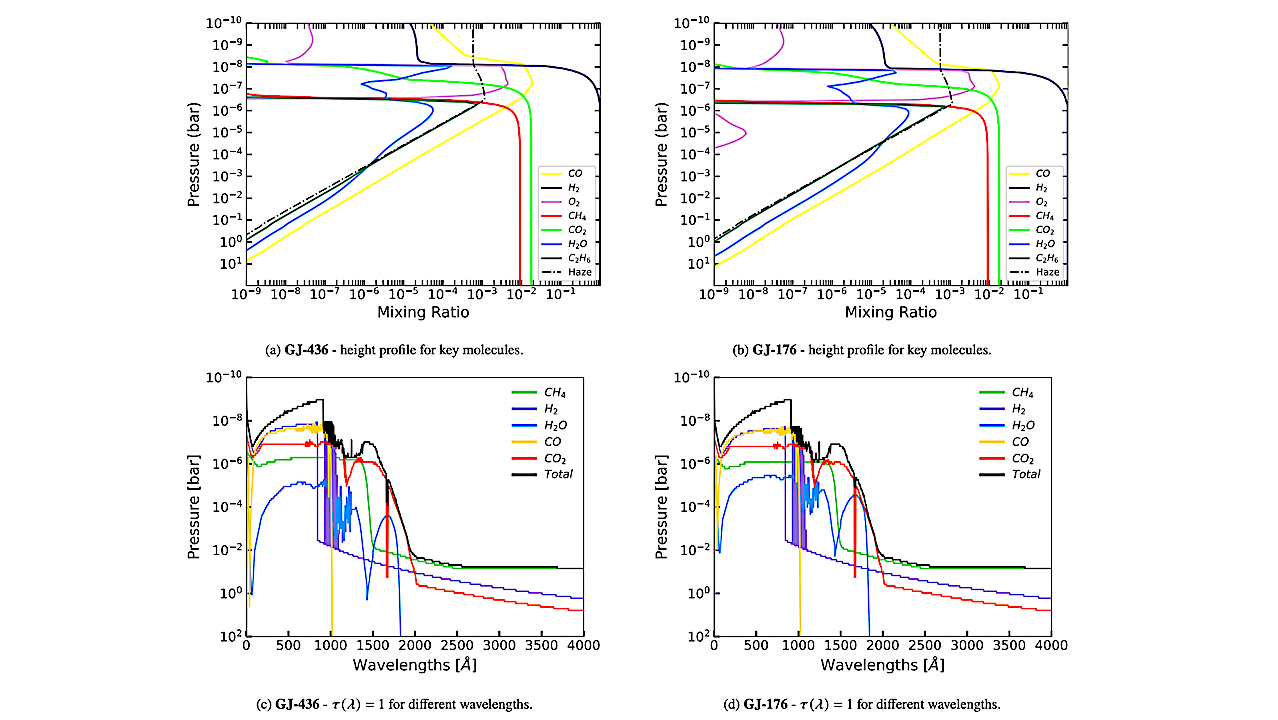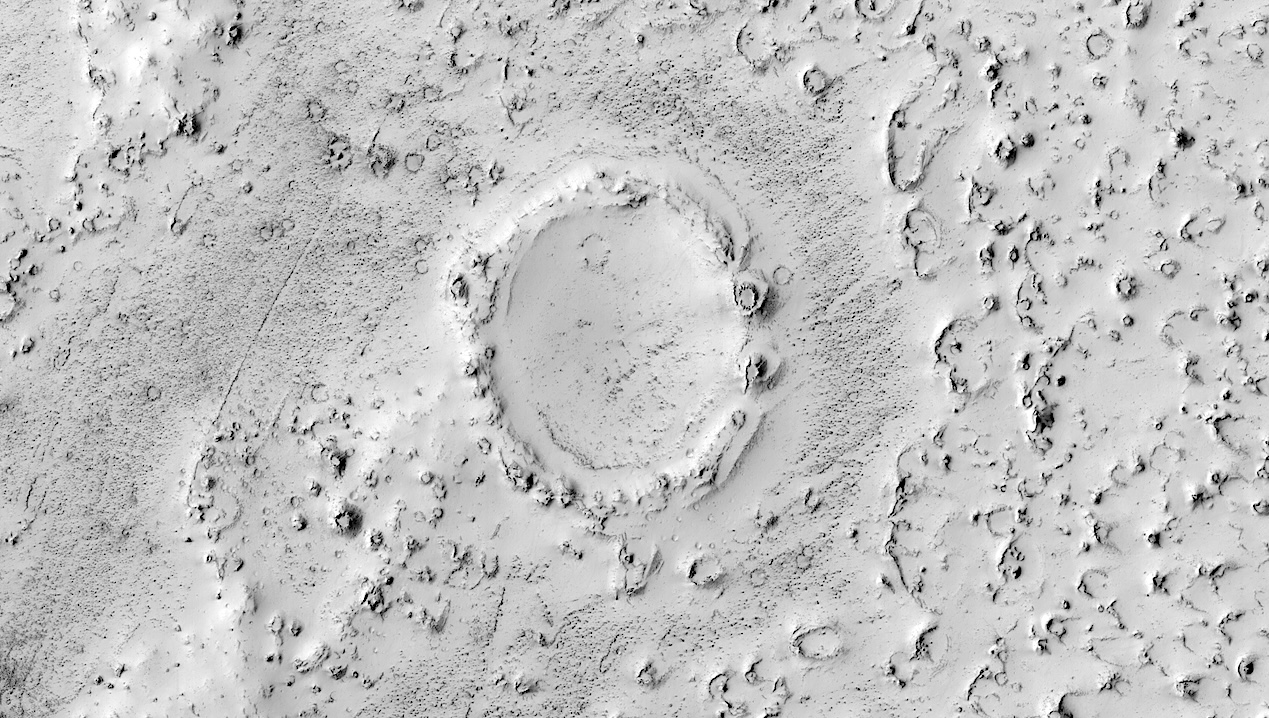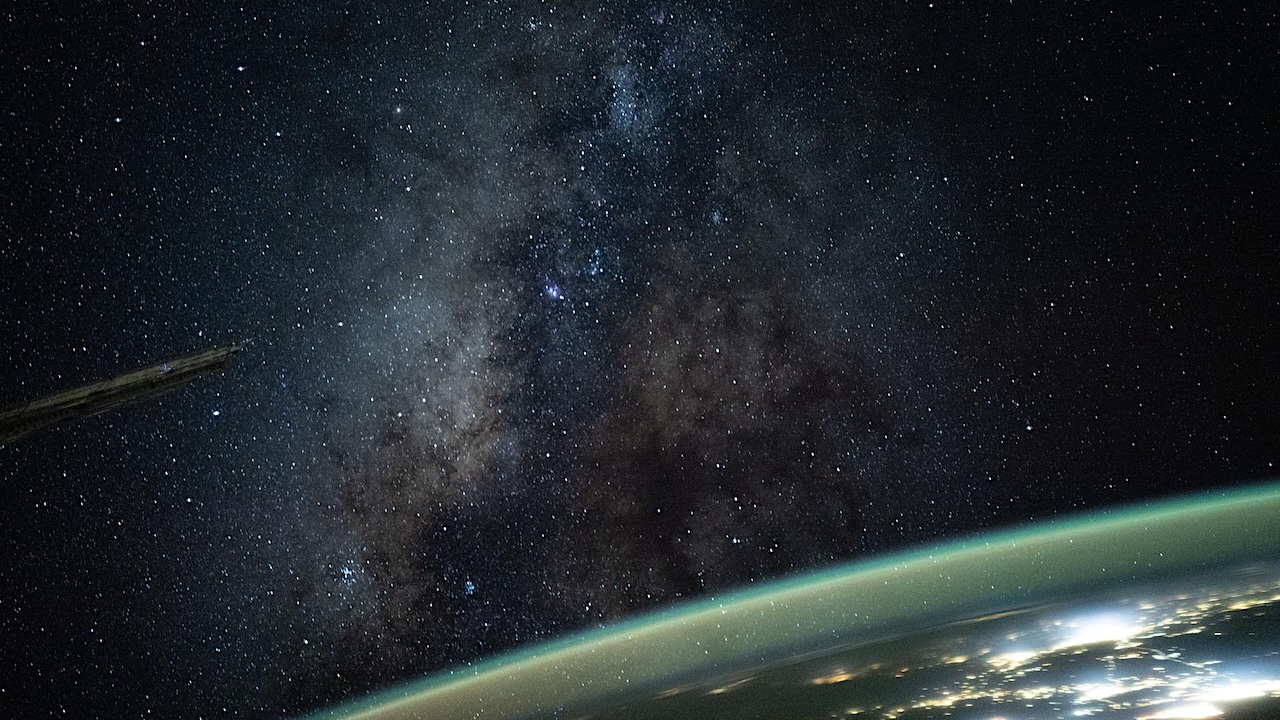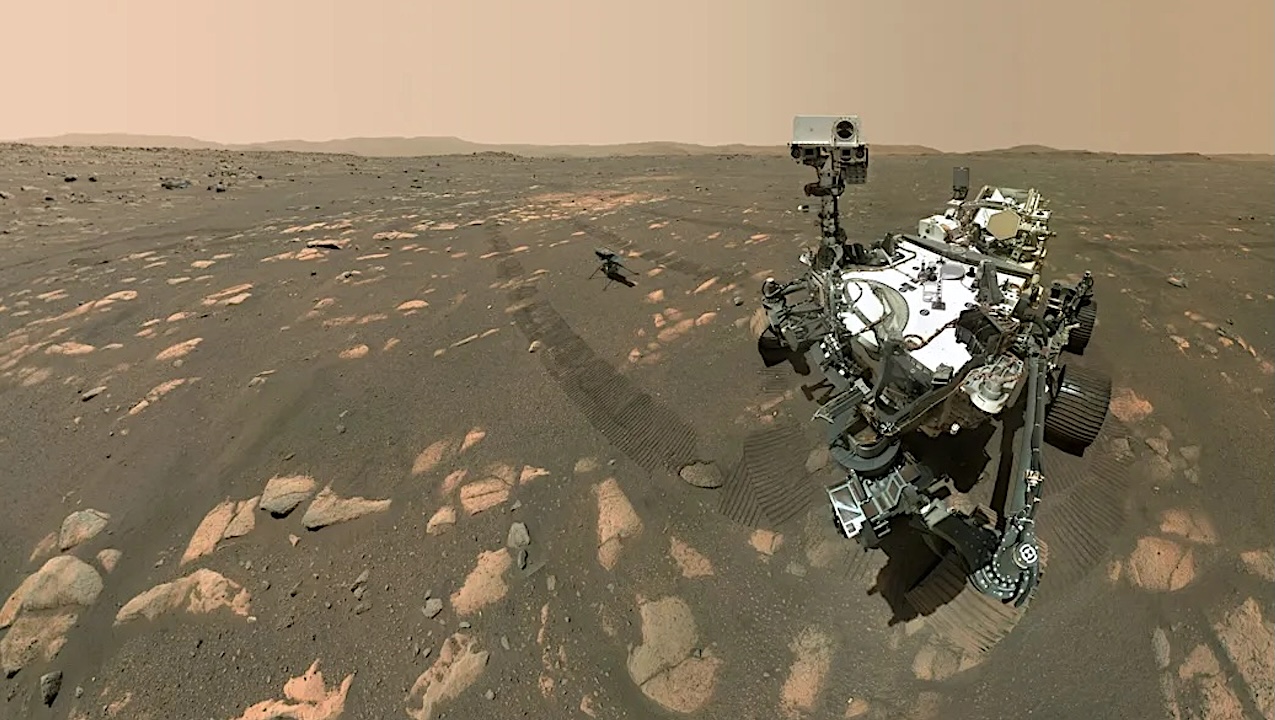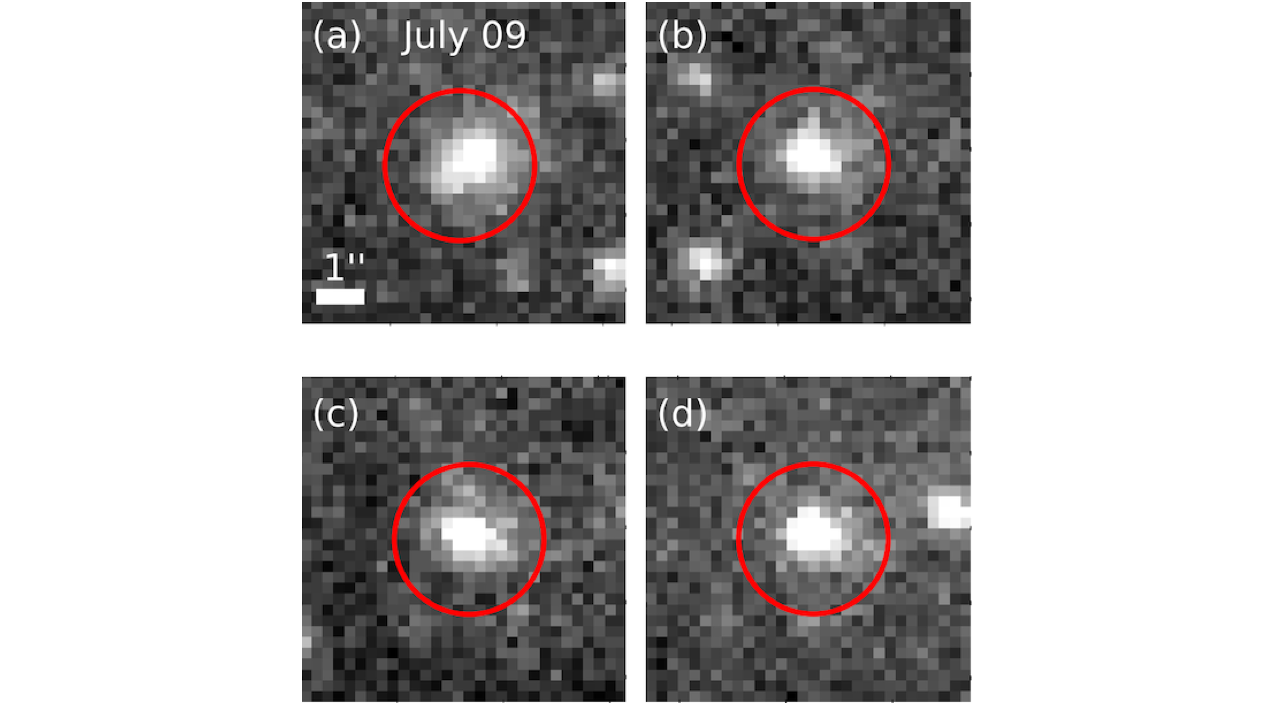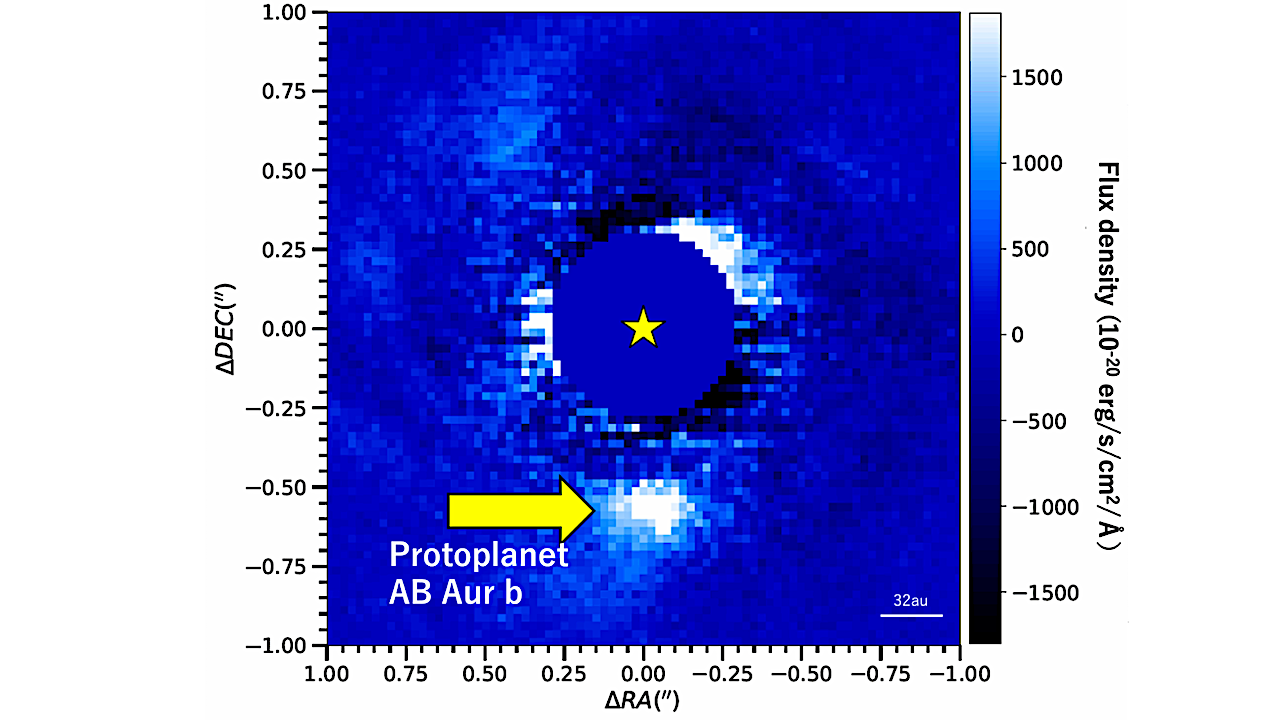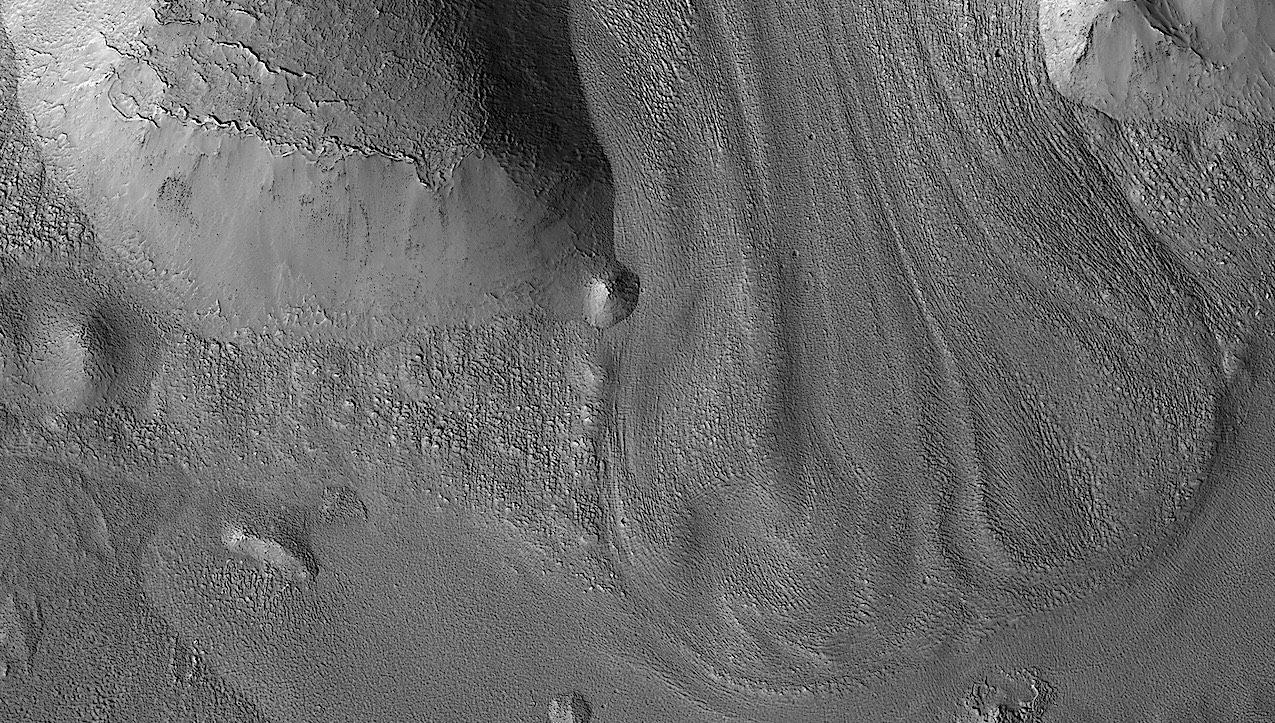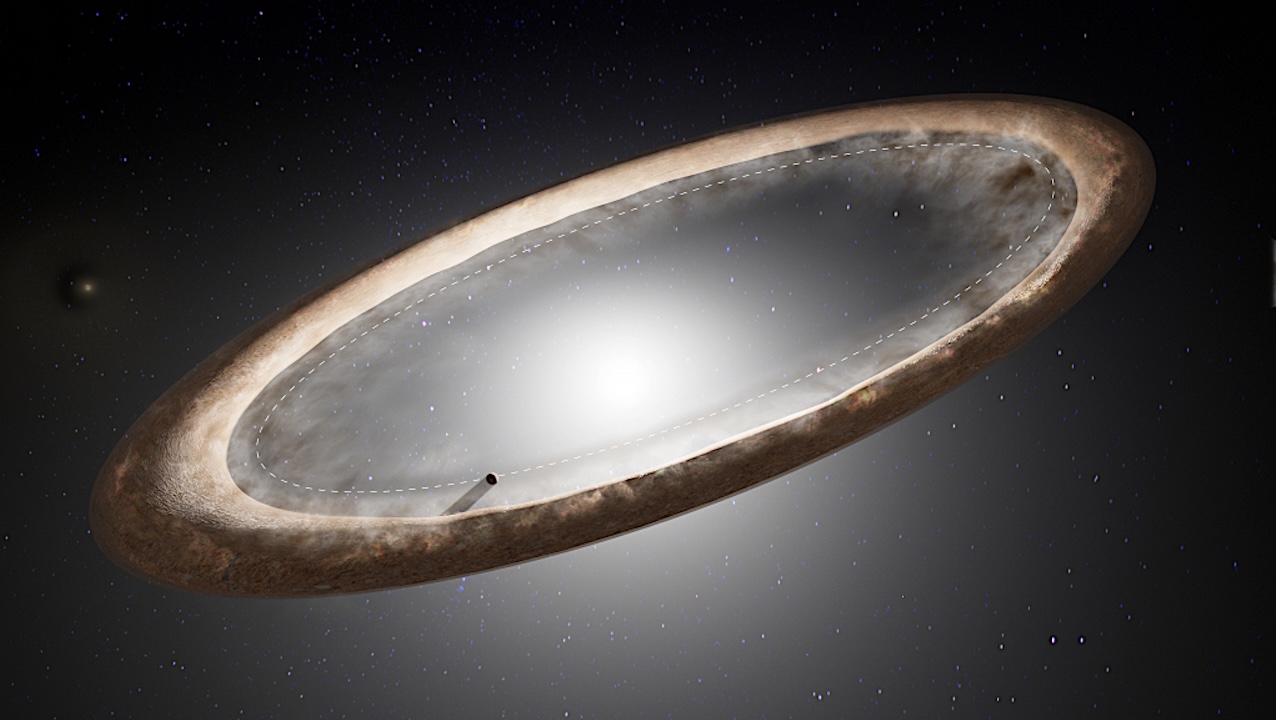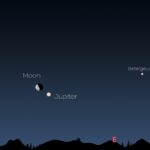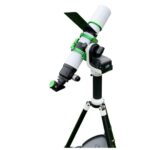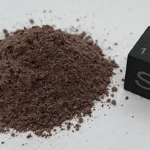Physical parameters of the simulated events with and without detected moons. In each panel, the grey points show the events our simulation where a moon was not detected, i.e., these
Astrobiology29- Page
Carbonate-silicate weathering feedback behavior throughout the habitable zone (HZ). (a) Reproduction of O. R. Lehmer et al. (2020) results showing stable, Earth-like climates generated by their habitable zone weathering model.
The comparison of reference sample with 𝐾𝑧𝑧 = 106 cm2 s−1 between GJ-176 and GJ-436. The difference between stars is not significant and only visible in the upper atmosphere, where
date: 21 January 2014 altitude: 290 km — NASA/JPL-Caltech/University of Arizona larger image In the center of this observation, we see a ring of cones that have developed over a
Keith Cowing Explorers Club Fellow, ex-NASA Space Station Payload manager/space biologist, Away Teams, Journalist, Lapsed climber, Synaesthete, Na’Vi-Jedi-Freman-Buddhist-mix, ASL, Devon Island and Everest Base Camp veteran, (he/him) 🖖🏻 Follow on
NASA’s Perseverance Mars rover took a selfie with the Ingenuity helicopter, seen here about 13 feet (3.9 meters) from the rover. This image was taken by the WASTON camera on
Series of zoomed in images from observations of 3I/ATLAS on UT 2025 July 9. Each panel is a single 30.0 s exposure taken in 𝑟′-band and 3I/ATLAS is identified within
Image of AB Aurigae in hydrogen-alpha (Hα) light, showing the newborn protoplanet AB Aurigae b clearly detected about 0.6”almost due south of the central star. The central 0.3” region around
Glacial/Periglacial Processes — NASA/JPL-Caltech/University of Arizona larger image There are many locations in the mid-latitudes of Mars that look like material has flowed. This image shows an example flowing downhill
The bright star in the center, Fomalhaut, is surrounded by an ancient debris disk of uneven brightness. The disk is closer to the star in the south, where the disk
-
 012024 in Review: Highlights from NASA in Silicon Valley
012024 in Review: Highlights from NASA in Silicon Valley -
 02Panasonic Leica Summilux DG 15mm f/1.7 ASPH review
02Panasonic Leica Summilux DG 15mm f/1.7 ASPH review -
 03How New NASA, India Earth Satellite NISAR Will See Earth
03How New NASA, India Earth Satellite NISAR Will See Earth -
 04And Thus Begins A New Year For Life On Earth
04And Thus Begins A New Year For Life On Earth -
 05Astronomy Activation Ambassadors: A New Era
05Astronomy Activation Ambassadors: A New Era -
06SpaceX launch surge helps set new global launch record in 2024
-
 07Space Force plans new ‘Futures Command’ amid pressure to speed up modernization
07Space Force plans new ‘Futures Command’ amid pressure to speed up modernization


